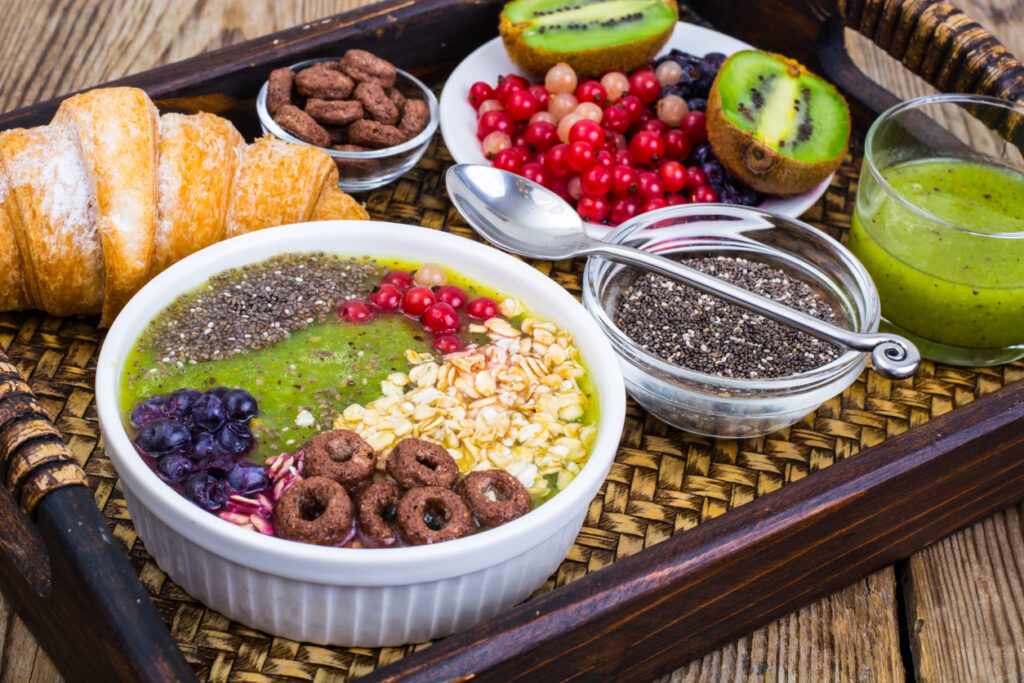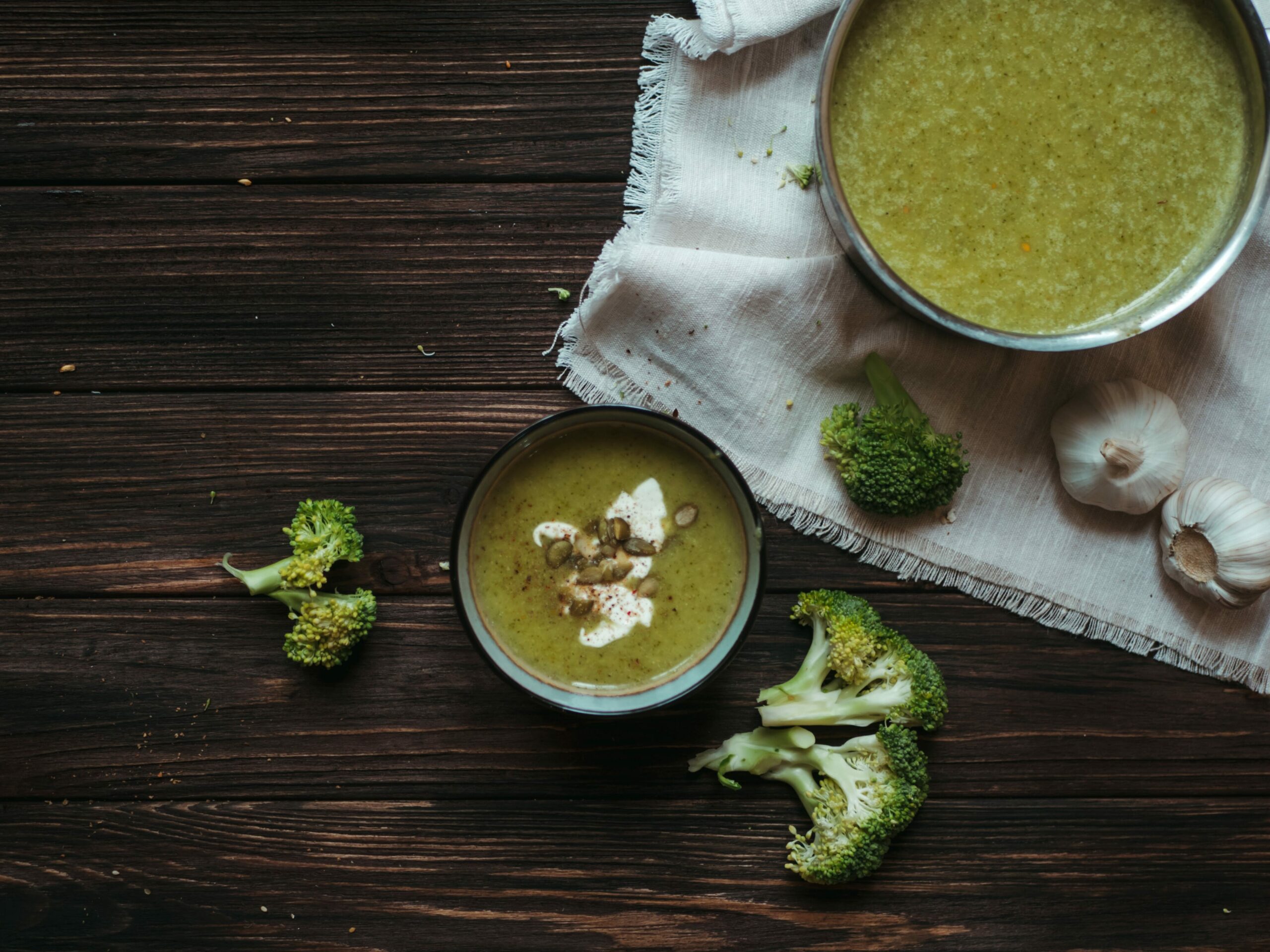In the ever-evolving landscape of health trends, one that has garnered significant attention is the gluten-free diet.
This dietary choice involves abstaining from wheat and certain other grains while opting for substitutes that offer essential nutrients for overall well-being.
While some embrace this lifestyle in the belief that it promotes health or aids in weight loss, it’s crucial to note that there is no conclusive research supporting these claims.
Regardless of the motivation behind adopting a gluten-free diet, embarking on this journey in a well-informed manner is key to ensuring your happiness, health, and satisfaction.
Let’s embark on a journey to reshape the narrative of your well-being by gaining a deeper understanding of the buzz surrounding gluten-free diets.
What is Gluten?

Gluten, a protein family residing in wheat, barley, rye, and spelt, plays a crucial role in giving bread its unique texture1. However, for some individuals, consuming gluten-containing foods can lead to uncomfortable gastrointestinal symptoms, especially for those diagnosed with celiac disease.
Purpose of a Gluten-Free Diet
A gluten-free diet is not only essential for managing celiac disease but has also gained popularity among individuals without diagnosed gluten-related conditions. While claimed benefits include improved health, weight loss, and increased energy, further research is required to substantiate these claims.
Understanding Gluten-Related Conditions

1. Celiac Disease: This autoimmune disorder arises when gluten triggers immune system activity, damaging the small intestine over time and hindering nutrient absorption.
2. Non-Celiac Gluten Sensitivity (NCGS): Despite the absence of small intestine damage, NCGS2 manifests symptoms like abdominal pain, bloating, diarrhoea, and a “foggy brain.” The immune system’s role is still not fully understood.
3. Gluten Ataxia: This autoimmune disorder impacts nerve tissues, leading to challenges in muscle control and voluntary movement.
4. Wheat Allergy: Triggered by specific proteins in wheat, it manifests symptoms like hives, headache, and difficulty breathing. In severe cases, it can lead to life-threatening anaphylaxis. Although most prevalent in children, approximately 65% tend to outgrow wheat allergy3 by the age of 12.
Processed Foods and Gluten
Wheat, barley, and rye find their way into various products, making label reading essential. Common culprits include beer, bread, cereals, candies, cereals, pasta and sauces. A gluten-free diet often involves substituting with corn, rice, soy, or other gluten-free grains.
Potential Downsides of a Gluten-Free Diet

1. Nutritional Deficiency Risk: Celiac disease sufferers may face deficiencies in fibre, iron, calcium, and B vitamins. Gluten-free diets may exacerbate this, with many substitutes lacking the necessary nutrients4.
2. Financial Strain: Gluten-free foods tend to be pricier, potentially straining budgets. Strategic shopping and alternative cost-effective options can mitigate this challenge.
3. Social Challenges: Socializing on a gluten-free diet requires preparation. Calling restaurants ahead and bringing your own food to gatherings can ease these challenges.
4. Constipation Concerns: Reduced fibre in gluten-free diets can lead to constipation. Incorporating fibre-rich foods5 like broccoli and berries is crucial.
Practical Insights for a Balanced Gluten-Free Life

Embracing a gluten-free lifestyle involves more than dietary adjustments. Here are some practical insights:
1. Develop the skill of reading food labels to identify gluten-free options.
2. Explore gluten-free cookbooks to introduce variety and enjoyment into meals.
3. Whether at home or travelling, plan meals around whole, single-ingredient foods.
4. Bringing gluten-free options to family gatherings ensures inclusion.
Conclusion
Understanding the intricacies of gluten and its impact on health is crucial for making informed dietary choices. While a gluten-free diet is a necessity for individuals with celiac disease and specific gluten-related disorders, its adoption by those without diagnosed conditions should be approached with caution. Balancing such a lifestyle requires careful planning, label reading, and collaboration with healthcare professionals, particularly registered dietitians, to ensure nutritional adequacy.
Ultimately, whether gluten-free or not, a well-rounded and balanced diet remains key to overall health. It’s crucial to tailor dietary choices to individual needs and conditions, seeking professional guidance when necessary.
Frequently Asked Questions
What is eaten for a gluten-free diet?
A gluten-free diet excludes any foods that contain gluten, which is a protein found in wheat and several other grains. It means eating only whole foods that don’t contain gluten, such as fruits, vegetables, meat and eggs, as well as processed gluten-free foods like gluten-free bread or pasta.
Does Rice Have Gluten?
All natural forms of rice — white, brown, or wild — are gluten-free. Natural rice is a great option for people who are sensitive to or allergic to gluten.
Is a banana gluten-free?
Bananas (in their natural form) are 100% gluten-free. If you experience issues with eating bananas it may be because of a couple of proteins present in bananas.
References
- Biesiekierski, J. R. (2017). Journal of Gastroenterology and Hepatology, 32(S1), 78–81. doi:10.1111/jgh.13703 [↩]
- Cárdenas-Torres, F. I., Cabrera-Chávez, F., Figueroa-Salcido, O. G., & Ontiveros, N. (2021). Non-Celiac Gluten Sensitivity: An Update. Retrieved from https://www.mdpi.com/1648-9144/57/6/526 [↩]
- Cianferoni, A. (2016). Wheat allergy: diagnosis and management: JAA. Retrieved from https://www.dovepress.com/wheat-allergy-diagnosis-and-management-peer-reviewed-fulltext-article-JAA [↩]
- Kreutz, J. M., Adriaanse, M. P. M., van der Ploeg, E. M. C., & Vreugdenhil, A. C. E. (2020). Narrative Review: Nutrient Deficiencies in Adults and Children with Treated and Untreated Celiac Disease. Retrieved from https://www.mdpi.com/2072-6643/12/2/500/htm [↩]
- V;, V. G. L. M. (n.d.). Gluten-free diet and nutrient deficiencies: A review. Retrieved from https://pubmed.ncbi.nlm.nih.gov/27211234/ [↩]

